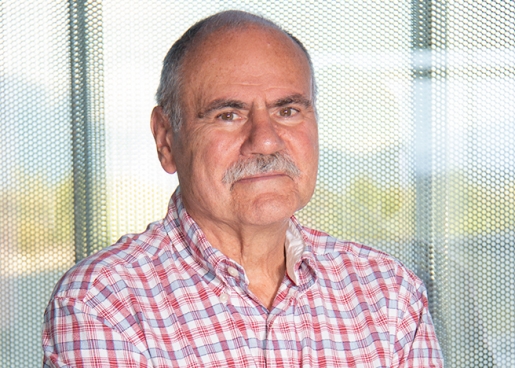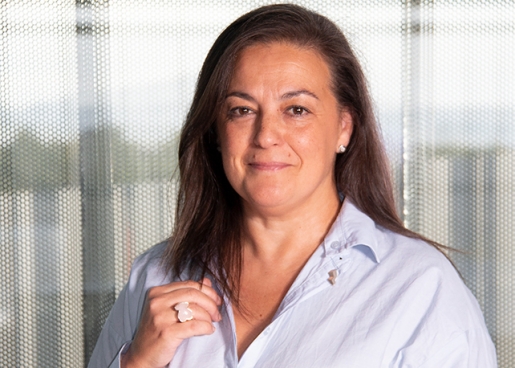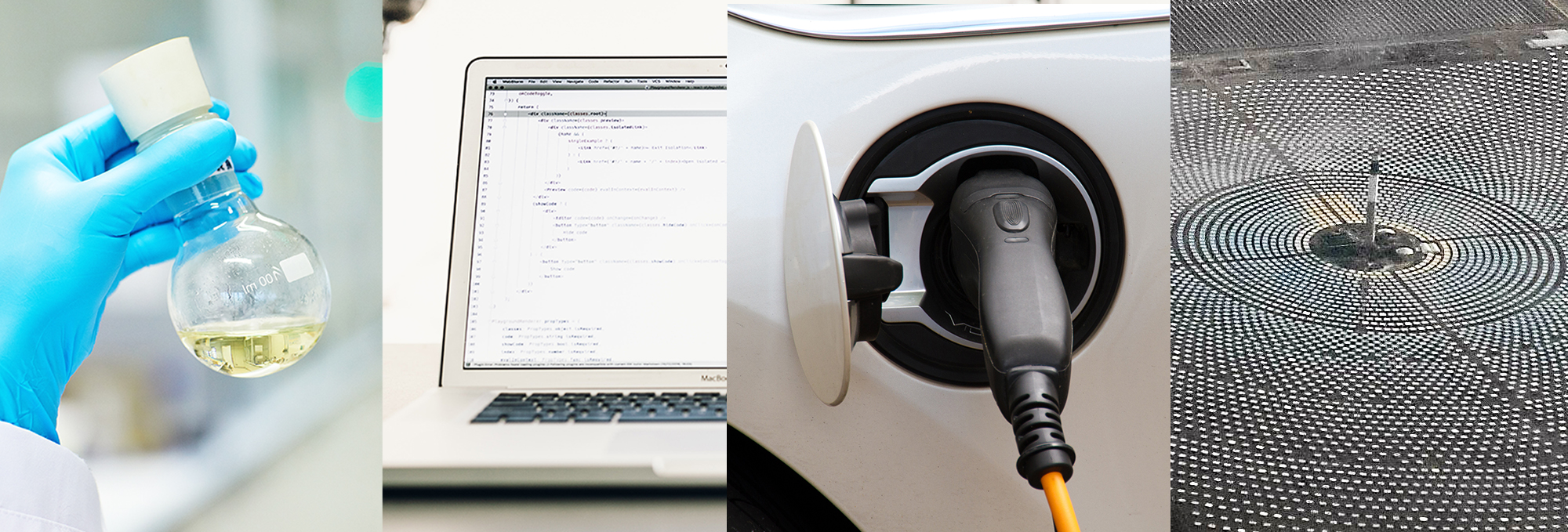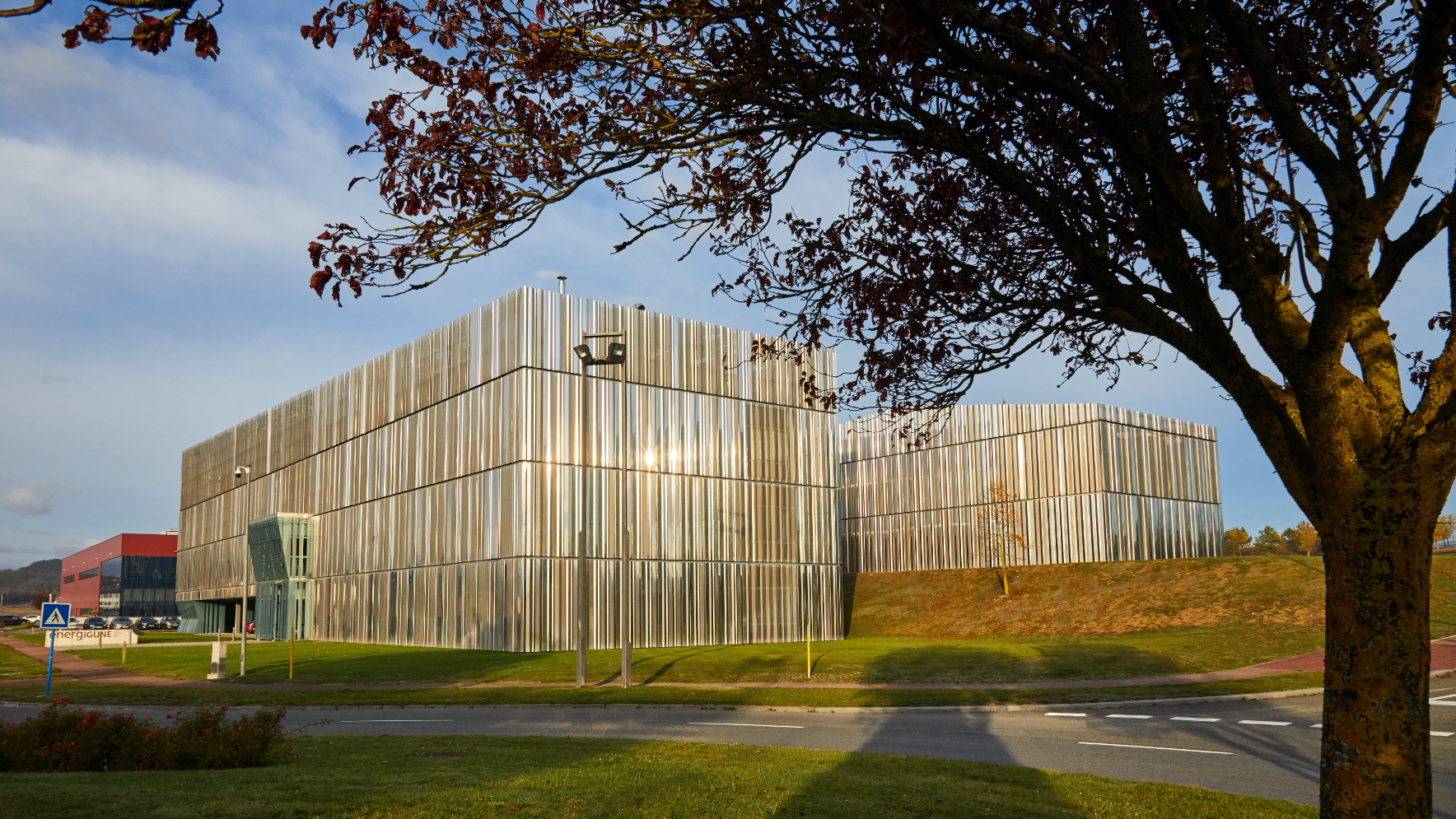From atom to device
We lead research in materials and systems for thermal and electrochemical energy storage, applying the results in the market and contributing to the competitiveness of companies.

"CIC energiGUNE is very well equiped; in fact, it is providing to researchers all the environment for doing super-science."
Benefits of doing research at CIC energiGUNETransforming science into GDP
We improve the competitiveness of companies by transforming the results of our research into their added value.

"Our role from the Business Development area is to bring state-of-the-art research to the industry that can solve current and future business challenges. We successfully bridge the gap between business and research."
Advantages of collaborating with CIC energiGUNE
If you want to know the latest trends in energy storage and new developments in research, subscribe.

If you want to join a top-level team, collaborate with specialists in multiple disciplines or tell us about your concerns, don't think twice...